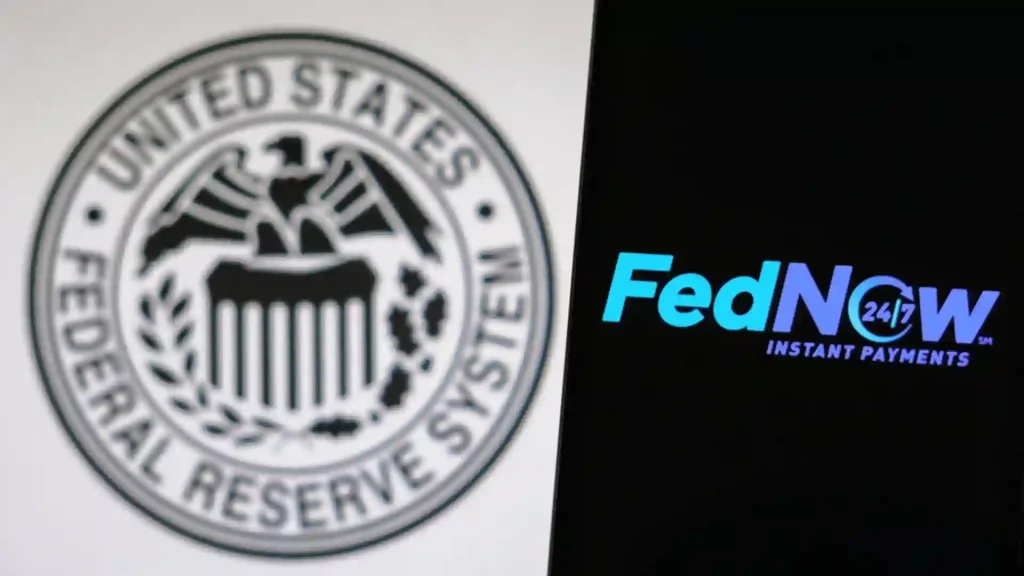The Federal Reserve has announced the launch of its real-time payment system, FedNow Service (FedNow). The service is scheduled to roll out in late July in a web of 55 banks, consisting of credit unions and other service providers permitted to transfer money.
Jerome Powell, the Fed Chairman, said in front of the House Financial Services Committee that every bank, no matter how small they are, will be enabling a real-time transfer of available funds amongst their customers.
FedNow will renovate the age-old model of fund transfer that used to take ages to transfer funds. This new system will allow banks to send over domestic payments at a snap of the fingers, you guessed it right, even on weekends and holidays like Easter or Christmas.
Larger banks perceive it as a broader and more secure money transfer mode. This monopolistic digital real-time payments system will transfer money at a faster pace with a badge of being backed by its maker, the United States government. This will enable mortgage companies to complete invoices and pay salaries and wages on time.
This new system has attracted criticism for its possible disadvantages. FedNow has a transaction limit of $500,000. This has been levied in the wake to avoid a bank run scenario. This will, in turn, prevent customers from withdrawing huge amounts of money all of a sudden and striking a bank run instantly, but smaller banks are still vulnerable to getting struck by a crisis if anything similar happens.
Services offered by FedNow
This would be the first the government of the world power has built a payments systems for the financial ecosystem to transact money to and fro instantly. FedNow will be the clearing station for all the transactions going through the financial institutions. This is done to make sure immediate payments from one end to the other.
This service has connected over 10,000 financial institutions functioning under the Fed’s umbrella. Earlier, people had private applications for money transfers like Venmo and Zelle to transfer money to known ones. These have been left behind as they were not part of the system.
FedNow has got an array of options available to choose from for the financial institutions in its system. Such institutions can opt for delivering different services like sending and receiving funds or just receiving funds from other institutions. They can choose to deliver liquid management transfers, i.e., services offered for transfer settlement and high dollar limit credit transfers.
The Launch
The Fed has announced a launch time in late July instead of a specific date. It has been said that a widespread launch of the system is planned for next year. Powell has said that they can unleash this system in the hands of the public instantly, and it is time that the country will have a real-time payment system.
The Fed had begun experimenting with a real-time payments network back in 2013 and, in 2015, chalked out a framework known as Faster Payments Task Force (FPTF). But after numerous meetings over the years, the Fed released the pilot project of FedNow in August 2019 with several big financial institutions to check the operability and seal the loopholes.
Ken Montgomery, the first vice president of the Federal Reserve of Boston and program executive of the FedNow Service, said that they are well aligned with a strong association of financial institutions and other service providers spread across varied lengths and breadths for a final testing round to launch the FedNow Service.
Need for an instant transfer system
As of now, a private service network, Real-Time Payments (RTP®), launched in 2017, is making rounds amongst large financial institutions for fund transfer. For the general public, using the fund transfer facility on mobile phones, Zelle was the only one that was in the RTP network.
The Federal Reserve has looked over the world’s largest financial ecosystem with its slow-payments system. The numerous financial institutions have patiently waited so long for an instant payment mechanism. So calling FedNow a game-changing system would be undermining its demand.
As per the official data, over 100 financial institutions are connected to the RTP network. They are some of the biggest institutions and would be the first ones to adopt the government-backed system. Experts say that FedNow would be competing with private players in such services, whereas some claimed it to be healthy for quality improvement and as an expansion for the payments network.
